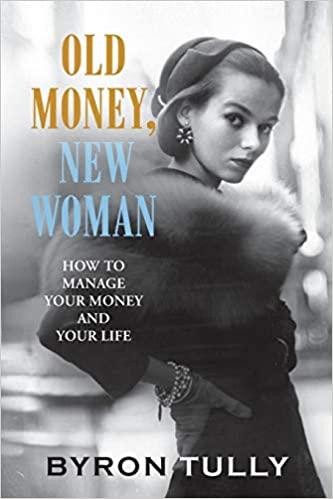Answered step by step
Verified Expert Solution
Question
1 Approved Answer
JD Sdn Bhd has developed a new industrial detergent that can be used in motor vehicle garages. It would cost RM 1 million to buy
JD Sdn Bhd has developed a new industrial detergent that can be used in motor
vehicle garages. It would cost RM million to buy the equipment necessary to manufacture
the blenders, and initially, it would require net operating working capital equal to of the
Ist year sales amount. Net operating working capital will remain at the same rate. The
project would have a life of years. If the project is undertaken, it must be continued for the
entire years.
The firm believes it could sell units per year. The detergents would sell for RM per unit.
After the first year, JD intends to increase the sales price by annually.
The variable cost is RM per unit and will increase at an inflation rate of The
company's fixed costs would be RM at Year and would also increase at a rate of
annually.
The equipment would be depreciated over a year period, using the straightline method.
The annual depreciation will be calculated based on a salvage value of the equipment at the
end of the project's year life of RM The company, however, estimated the machine
can be sold as scrap for RM The corporate tax rate is
The cost of capital is
a Develop a spreadsheet model and use it to find the project's NPV IRR, and payback.
b Conduct a sensitivity analysis to determine the sensitivity of NPV to changes in the sales
price, number of units sold, the variable costs per unit, fixed costs and the cost of capital. Set
these variables' values at above and below their basecase values. Include a graph in
your analysis.
c Conduct a scenario analysis. Assume that the bestcase condition is with no increase in the
sales price, a increase in the number of units sold, and a decrease in the variable cost
per unit. All other variables remain the same. For the worstcase condition, there will be a
decrease in units sold, a decrease in unit price and a increase in the variable cost per
unit. The bestcase condition, worstcase condition, and the base case are assumed to have
an equal probability. Determine the expected NPV the standard deviation of the NPV and the
project's coefficient of variation NPV
d On the basis of your analysis, would you recommend that the project be accepted? What
added advise and special attention would you give to the company with regard to the
project?

Step by Step Solution
There are 3 Steps involved in it
Step: 1

Get Instant Access to Expert-Tailored Solutions
See step-by-step solutions with expert insights and AI powered tools for academic success
Step: 2

Step: 3

Ace Your Homework with AI
Get the answers you need in no time with our AI-driven, step-by-step assistance
Get Started


